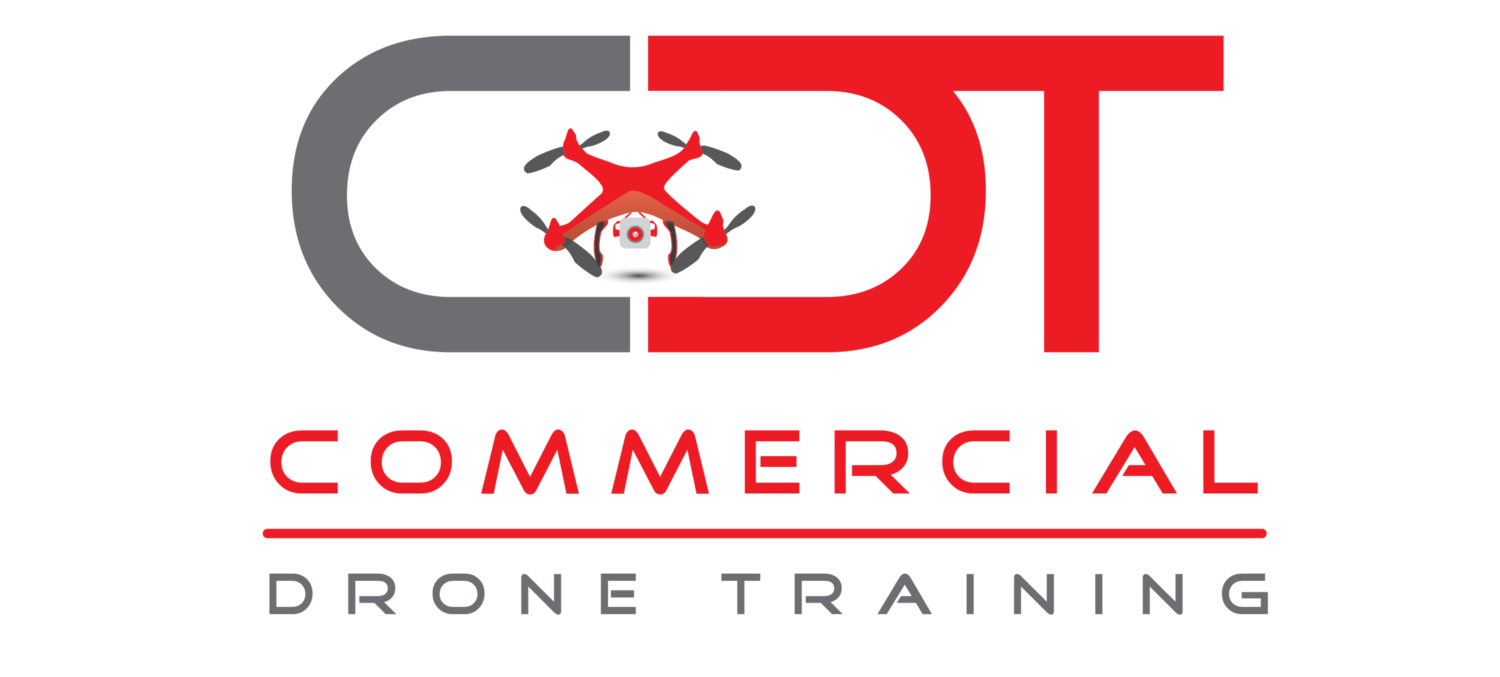Flying Over Uninvolved Persons with a Drone
The UK CAA has highlighted a requirement to provide better guidance for remote pilots of UAS when flying over uninvolved people.
Flight over uninvolved people is allowed in the following Categories:
Open Category
A1 Sub-category with UAS(1) of following:
1.Privately Built <250g MTOM with max operating speed <19m/s
2.Marked C’0’ (When will C class drones be available on the market? Who knows???)
3.Legacy Drone(1) <250g MTOM
Specific Category
The current operational authorisation issued via the UK PDRA-01 allows for the overflight of uninvolved people.
Certified Category
Not considered in this text
Future UK CAA Intentions related to over flight of people
It is not the intention of the CAA to remove over flight of uninvolved people from the Specific Category Operational Authorisation (OA) but it does rely on remote pilots showing the right airmanship and is directly linked to the increased technical and operational competency shown by the issued OA.
It is a requirement for RAE UAS training centre to reiterate the safety points and operational considerations / mitigations when conducting any instruction, a focus should be shown that just because overflight of people is permitted it doesn’t mean that it is always safe.
The purpose of the CAA Safety Notice SN-2020/002 is to provide additional guidance to remote pilots in the form of suggested best practice when considering flight over people. It is also intended to remind and assist remote pilots in meeting the requirement in law that states that they must be “reasonably satisfied that a flight can be safely made”.
Compliance / Action to be Taken
CAA Safety Notice SN-2020/002 strongly recommends the following guidance for remote pilots when flying UAS over uninvolved people:
a) Fly defensively and with the expectation that control of the UAS could be lost without notice.
▪ Only fly directly over people when absolutely necessary to achieve the aim of the flight, and minimise the time doing so.
▪ Consider remote pilot experience and fatigue level.
▪ When flying over uninvolved people remote pilots should, whenever reasonably possible, maintain some horizontal separation between their UAS and those uninvolved people. The extent of this horizontal distance is for the remote pilot to judge based on any relevant factors such as the prevailing weather circumstances, the flight characteristics of the small unmanned aircraft and its flight, for example;
- Take careful note of the wind direction and do not fly ‘upwind’ of uninvolved people – a strong wind may actually blow the aircraft towards them as it falls.
- Think before flying towards people, especially at higher speeds as the aircraft’s trajectory while falling may present a danger to people on the ground.
▪ Remember, a minimum distance of 50 metres from uninvolved people must be maintained at all times with PDRA-01 (except for the purpose of take-off and landing when the distance may be reduced to 30 metres). Also consider the nature and temperament of uninvolved people being overflown and how they may react to the presence of a UAS.
b) Reduce the harmful characteristics of the UAS to people.
▪ Minimise the mass of the aircraft while flying. Less mass means less kinetic energy is transferred in a collision with a person.
- If possible, use a lighter UAS.
- The UAS should only carry loads that are necessary.
▪ Use small unmanned aircraft with design features that reduce harm following collision with a person.
▪ Do not fly at excessive speeds when close to people.
c) Ensure that the UAS is safe to fly.
▪ Keep it maintained in accordance with manufacturer’s guidance
▪ Maintain an appropriate margin of confidence in the flying time that can be provided by the existing battery power/charge to carry out the intended operation and cope with unexpected issues.
d) Consider environmental factors that may aggravate loss of control or propulsion.
▪ Flight in precipitation – which may suddenly prevent the small unmanned aircraft from operating.
▪ Sources of interference with the Command and Control link.
▪ Wind speed and turbulence – which could affect the remote pilot’s ability to control the aircraft precisely and increase its power consumption.
▪ Colder outside air temperatures - which could reduce battery performance.
e) Consider use of observers to warn uninvolved people immediately following any loss of control or propulsion of the small unmanned aircraft.
f) Consider use of available technology
Wherever reasonably possible, consider the use of technologies such as return-to-home capabilities, geofencing, pre-programed waypoint software, land immediately function, reliable navigation system, use of reliable flight control systems and use of ballistic recovery system (e.g. parachutes) to reduce the risk of harm to uninvolved people following a loss of control of the UAS.
Commercial Drone Training has been a CAA approved testing and examination facility for over 5 years. Being one of the longest standing UK CAA examination services we have 1000s of success story’s and work with individuals, companies, large corporations, the MOD, Devon & Cornwall Police and Fire Services.
CDT offer traditional drone ground school courses and online training. A2 CofC online training is available for £99.
Ground School Locations include:
Devon Drone Training Course
For more information call or email mike on 07889767398 and info@commercialdronetraining.co.uk
